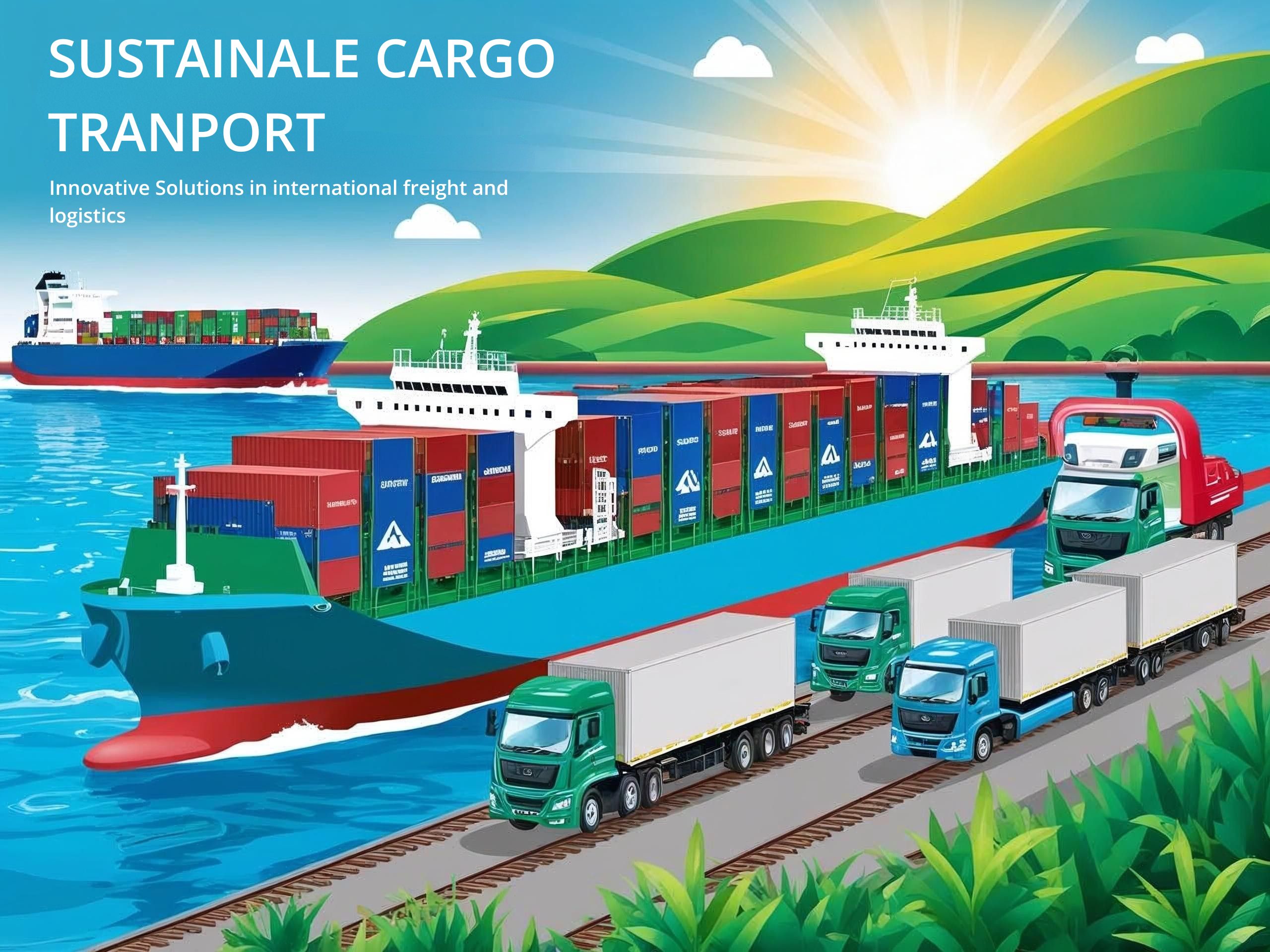
In the digital age, customer expectations for international shipping services, cargo shipping, and logistics delivery are higher than ever. The logistics industry, once focused primarily on efficiency and cost, is now pivoting toward a customer-first approach-where feedback and experience drive continuous improvement. Customer feedback has become a powerful tool for shaping next-generation logistics and services, enabling companies to refine operations, innovate offerings, and build lasting trust in global trade.
Logistics services are the backbone of global commerce, connecting businesses and consumers across borders. Yet, even the most sophisticated tracking shipping or international courier service can fall short if it fails to meet customer needs. Feedback provides actionable insights into what’s working, what’s not, and where opportunities for improvement lie.
In a competitive market, the ability to listen, adapt, and respond to customer input is a key differentiator. Companies that leverage feedback effectively can enhance tracking logistics, optimize cargo transport, and deliver superior international delivery services.
Customer feedback highlights pain points in the logistics delivery process, from late shipments and damaged goods to confusing tracking delivery updates. By analyzing feedback data, logistics shipping companies can identify recurring issues and implement targeted solutions-such as better packaging, improved route planning, or more accurate tracking shipping notifications.
Modern customers value personalization. Feedback allows logistics and services providers to tailor offerings, such as delivery time slots, packaging preferences, or communication channels. For example, if customers consistently request real-time tracking or SMS updates, companies can invest in these features to enhance the overall service cargo experience.
Next-gen logistics services are built on innovation. Feedback-driven insights inspire new products and services, such as green shipping options, flexible return policies, or dynamic pricing for shipping. By co-creating with customers, companies stay ahead of trends and anticipate future needs in global logistics.
Transparent communication is essential in international shipping services. By soliciting and acting on feedback, companies demonstrate accountability and a commitment to continuous improvement. Publishing service ratings, sharing performance metrics, and responding to customer concerns all build trust in the brand.
Automated surveys sent after delivery capture immediate impressions of the logistics delivery experience. These can be tailored to assess specific aspects, such as tracking logistics, packaging, or courier professionalism.
Branded tracking shipping portals can include feedback forms, allowing customers to share insights while monitoring their shipments. This real-time feedback is invaluable for identifying issues as they arise.
Many customers share their experiences on social platforms or review sites. Monitoring and responding to this feedback provides a broader perspective on customer sentiment and emerging trends.
Aggregating feedback into service ratings enables logistics services to benchmark performance, reward high-performing teams, and address underperforming areas.
Collecting feedback is only the first step. Leading logistics shipping companies close the loop by:
Analyzing Data: Using AI and analytics to identify patterns and root causes.
Implementing Changes: Making operational adjustments based on feedback insights.
Communicating Improvements: Informing customers of changes made in response to their input, reinforcing the value of their feedback.
Continuous Monitoring: Regularly reviewing feedback to ensure ongoing alignment with customer needs.
A global logistics provider implemented a feedback-driven improvement program across its international courier service network. By focusing on the most common complaints-late deliveries and lack of tracking shipping updates-the company introduced real-time tracking logistics and flexible delivery options. Within a year, customer satisfaction scores rose by 25%, and repeat business increased significantly.
As technology evolves, the role of customer feedback in logistics and services will only grow. Predictive analytics, machine learning, and AI will enable even deeper insights, allowing companies to anticipate issues before they arise and personalize the shipping experience at scale.
In the future, feedback will drive not just incremental improvements but fundamental innovation in global logistics-from sustainable cargo transport to seamless, cross-border delivery.
Customer feedback is the engine of next-gen logistics and services. By listening, learning, and acting on customer insights, logistics providers can deliver superior international shipping services, optimize cargo shipping, and build lasting trust in global trade. In a world where expectations are constantly rising, feedback-driven innovation is the key to staying ahead and delivering value in every shipment.